DŁUGOPOLE SANDSTONE – PROPERTIES
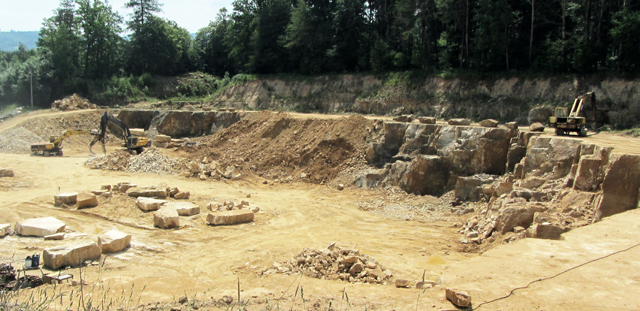
The parameters of Długopole are very good, but like any sedimentary rock it often shows internal structural disorders: voids, micro-cracks, shells. For this reason it is difficult to assess the quality of the material in the deposit – that is why it is sorted only after being cut into slabs.
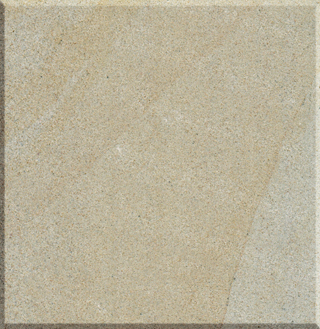
Physical and mechanical properties:
Volumetric density: 2,320 kg/m3
Porosity: 7.9 %
Water absorption: 3.4 %
Compressive strength:
– 87 MPa dry
Bending strength
– dry 7.2 MPa
– after 14 freezing cycles 6.5 MPa
– after 56 cycles 5.8 MPa
Frost resistance: total
Abrasiveness using Böhme abrasion test 0.33 cm
Tearing load strength of a 3 cm board 1,100 N
Description
Pale yellow or light grey in colour
fine-grained, very hard,
full frost resistance
Distinguishing features
hardest of all yellow sandstones
no anisotropy
low porosity and high compactness (no glue penetration)
flame-coloured colour change
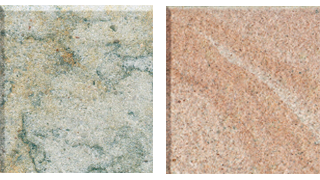
Długopole takes any type of surface finish. Polishing and flaming are the most common, however. Due to its high hardness, a high polish can be achieved. Flaming, on the other hand, causes a clear colour change towards rusty and red tones. Długopole patinates nicely and keeps its colour for a long time. An example can be old railway viaducts, on which a clear yellowish colour can still be distinguished, although the joints are already heavily stained black. Nevertheless, the manufacturer suggests impregnation. It is not necessary, but this treatment results in longer colour retention and significantly less dirt build-up. The material can be washed with a pressure washer – tests carried out did not show any damage even at a pressure of 160 bar.
It looks very impressive on facades, because a large surface paved with this sandstone remains homogeneous – there are no visible differences in colour between successive slabs and the whole blends well into a colour-consistent wall.
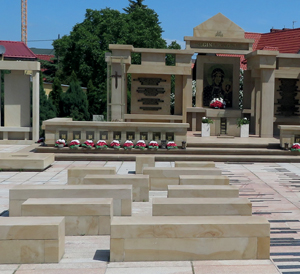
Sandstone from Długopole has been used in many famous places. Among others Jasna Góra (monastery plinths, small architecture), Wawel Castle (main courtyard),
Branicki Palace in Białystok (stairs and landings), revitalization of the Castle in Sucha Beskidzka, Royal Castle in Warsaw (Kubicki Arcades), Presidential Palace (lower terraces).
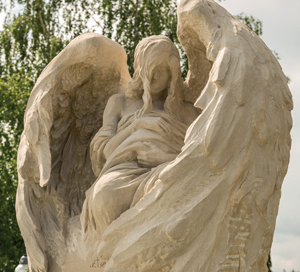
Andrzej Weremczuk (Andrzej Weremczuk Sculpture Studio): “The Długopole sandstone is quite hard, difficult to work with and tool-intensive. However, having worked with various sandstones, I believe that it tolerates our climatic conditions best of all. It is heavily contaminated and, therefore, unpredictable. Nevertheless, I like it. For its colour – it has a really nice, warm colour, often chosen by investors. For its hardness – although tool-intensive, its fine texture allows you to draw out the details in your sculpture quite precisely. Its hardness allows you to draw a high polish, but I rather recommend leaving it in the grind. Długopole ages nicely, and the ageing progresses very evenly on a ground surface.”
Source: Kurier kamieniarski
Author: Paweł Szambelan | Published: 21.12.2020
